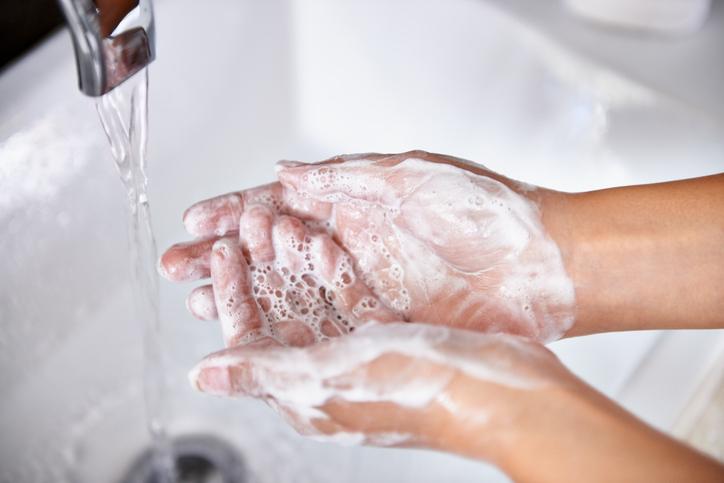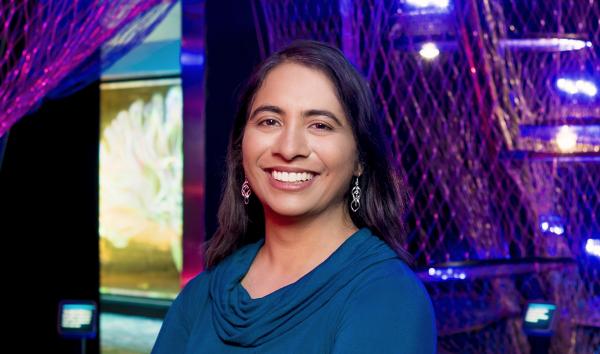
Date:
Update 8.5.20: In light of newer evidence demonstrating that infected people can spread the virus even before showing symptoms, it's important for everyone to wear face masks to protect each other. Social distancing measures, implemented in Philadelphia in mid-March, have been essential for slowing the spread of the virus and saving lives while new vaccines and treatments are developed.
The concerning headlines we’ve seen recently about COVID-19, the disease caused by the novel coronavirus SARS-CoV-2, are driven by two emerging developments. First, the disease is now spreading in multiple countries outside of China, as tracked in this real-time dashboard developed by Johns Hopkins University. Second, there are now multiple cases of COVID-19 likely being transmitted through local contact in the United States. Previous American cases could be directly traced to foreign travel, but we are now seeing documented cases where patients have been infected by someone in their own community. The U.S. is now broadening its criteria for who should get tested for COVID-19; the number of cases could rise significantly as testing expands.
Here’s a quick summary of what these new developments mean for us and a few other updates to my last post:
Personal Health
The basics here have not changed. I’ve seen a meme going around social media lately: “Keep Calm and Wash Your Hands.” It’s good advice. The most effective things we can do to stay healthy are to cover coughs and sneezes, wash hands with soap thoroughly and frequently, and stay away from people showing symptoms. These simple preventive actions help keep viruses from getting into your respiratory system; most people don’t need face masks. Get the flu vaccine—not only will you protect yourself from a more likely threat, but reducing the impact of the flu helps free up resources to prepare for COVID-19.
Community Preparedness
Communities, governments, and public health organizations in the U.S. are ramping up plans for a possible epidemic. The goal is to slow down the spread of the virus so there’s more time to prepare and lower the impact of the disease. Strategies include testing communications networks, assessing and stockpiling healthcare resources, and planning for potential restrictions on public movement (also known as social distancing), like closing schools or canceling large events. It’s unlikely that social distancing measures will be implemented here in the Philadelphia region in the immediate future, but our communities need to think ahead, especially to support people who don’t have alternative options for work, childcare, or transportation. And, it’s good practice for any type of emergency to have a basic emergency kit stocked up at home.
Continuing Questions
There are still many unknowns about the virus that make it difficult to predict its spread. For example, we still don’t have a good estimate of the total number of cases—including mild or untested cases—to get a firm grasp of the mortality rate (the best current estimate is 2.3%). We don’t understand why kids seem to be more able to fight off the infection—maybe they have a stronger immune response or are generally healthier to begin with. And we don’t know if or how the spread of the virus will change with the seasons. The genetic data on the animal source of the virus also remains inconclusive, so the pangolin may yet be exonerated.
Scientific Progress
There have been encouraging advances in diagnostics, vaccine, and drug development in the last few weeks. Scientists around the world are sharing and comparing DNA sequences of the virus from different patients to understand how the virus is evolving and spreading. Researchers in Singapore are working on a new diagnostic test that can detect infection even after a person has recovered, which will help track the disease more accurately. Biotech firm Moderna has an experimental vaccine that could be ready by April for Phase 1 clinical testing, which involves testing with 20-25 healthy volunteers to assess basic safety. In addition, clinical trials have begun to test an experimental drug for treating COVID-19 with patient volunteers. The full regulatory process will still take months to ensure safety and efficacy, although there are options to accelerate the process if results are clearly positive.


